Groundcover Peanut Varieties: Using Peanut Plants As Groundcover


If you're tired of mowing your lawn, take heart. There is a perennial peanut plant that produces no nuts but provides a beautiful lawn alternative. Using peanut plants for groundcover fixes nitrogen in soil, since they are a legume. The plant is also tolerant of shearing and salt spray, and performs well in tropical, sub-tropical, and warmer temperate regions. Peanut groundcover establishes quickly and has an added bonus. The pretty little yellow flowers are edible and can be used in salads.
Groundcover Peanut Varieties
The peanuts we know and love as the main ingredient in our PB and J sandwiches is an annual plant. However, it has a relative that is perennial and can be used for year-round groundcover. Other groundcover peanut varieties would be the edible running types, but these will die back in winter and require replanting when temperatures warm up. The ornamental peanut is Arachis glabrata and native to Brazil. It has many benefits besides quick establishment. This perennial peanut is useful as groundcover. The runner peanut is the most commonly grown ground nut for peanut butter and produces 80 percent of the U.S. crop. It is known as Arachis hypogaea. There are several cultivars of this plant used in commercial peanut production. Some of the most prevalent are Southern Runner, SunOleic, and Florunner. Any of these would make fun and different short-term peanut plants for ground coverage, such as that needed on recently constructed ground. Long term sod replacement, however, would only be achieved by planting the perennial variety of peanut. The perennial peanut groundcover will last for years and bloom every summer. Some of the more popular cultivars are Florigraze, Arblick, Ecoturf, and Arbrook.
Why Use Peanuts as Groundcover
Replacing lawn with peanuts as groundcover saves water. Lawns are notoriously thirsty and can be watered several times a week in summer to keep them green. While peanuts like average moisture, they can tolerate periods of drought without severely diminishing appearance or health. The plants outcompete many of the toughest weeds and can be mowed or sheared to keep it the height you need. The edible flowers have a nutty flavor and add punch to salads and other recipes. Its salt tolerance is outstanding and, in climates that have light freezes, the plant will die back but regrow in spring. Perennial peanut plants for ground coverage grow together quickly to form a 6 inch (15 cm.) tall mat of attractive leaves and flowers. Although no nuts are produced, the plant does secure nitrogen, and its rhizomes make it easy to start more plants if necessary.
How to Grow Peanut Plants for Groundcover
Perennial peanuts prefer light sandy soil. In areas where the soil is heavy, mix in generous amounts of compost to loosen and add some grit to increase drainage. Plant in full sun to partial shade. It is recommended that planting occurs when dormant in winter. Keep the plants evenly moist and mow when the height becomes a nuisance. The plants can be mowed every three to four weeks. Mow to a height of 3 to 4 inches (8-10 cm.). The plants do not need nitrogen fertilizer, since they secure their own. Use perennial peanuts on berms, paths, lawns, medians, and anywhere else you desire an easy sod-less groundcover.
Gardening tips, videos, info and more delivered right to your inbox!
Sign up for the Gardening Know How newsletter today and receive a free copy of our e-book "How to Grow Delicious Tomatoes".

Bonnie Grant is a professional landscaper with a Certification in Urban Gardening. She has been gardening and writing for 15 years. A former professional chef, she has a passion for edible landscaping.
-
 7 New & Improved Cultivars Of Old-Fashioned Plants – These Aren’t Your Grandma’s Plants!
7 New & Improved Cultivars Of Old-Fashioned Plants – These Aren’t Your Grandma’s Plants!Old is new again! These old-fashioned plants have new cultivars that are sure to thrive in your garden and bring the charm factor. Neighbors will be envious!
By Mary Ellen Ellis
-
 12 Mother’s Day Garden Gifts That Celebrate Moms Who Love To Grow
12 Mother’s Day Garden Gifts That Celebrate Moms Who Love To GrowAll Moms deserve to feel special on Mother’s Day, so treat her to a thoughtful gardening gift that helps her get the most out of her hobby.
By Melanie Griffiths
-
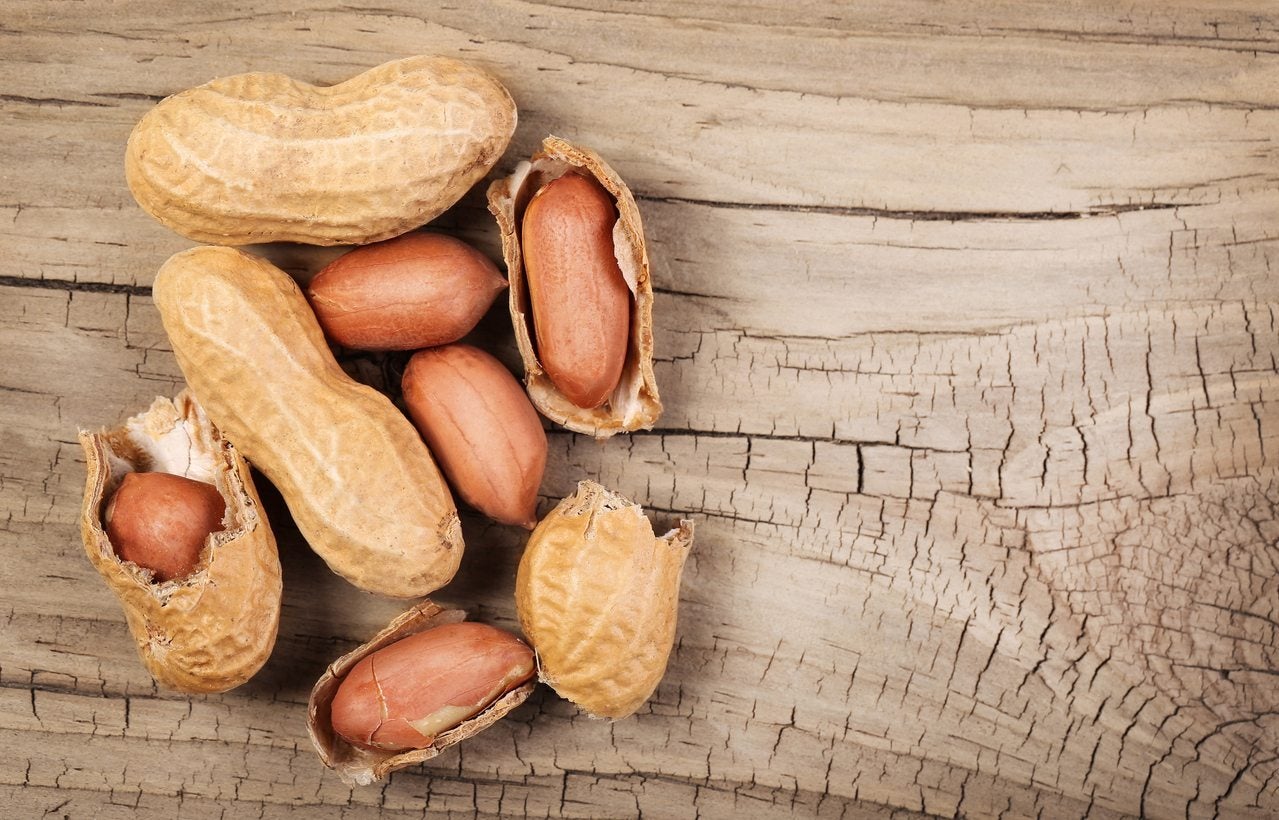 Valencia Peanut Info: Learn How To Grow Valencia Peanuts
Valencia Peanut Info: Learn How To Grow Valencia PeanutsIf you are only familiar with peanuts in the form of peanut butter or ballpark snack, you may be wondering what are Valencia peanuts? Click this article to find out how to grow Valencia peanuts and other info on Valencia peanut varieties.
By Amy Grant
-
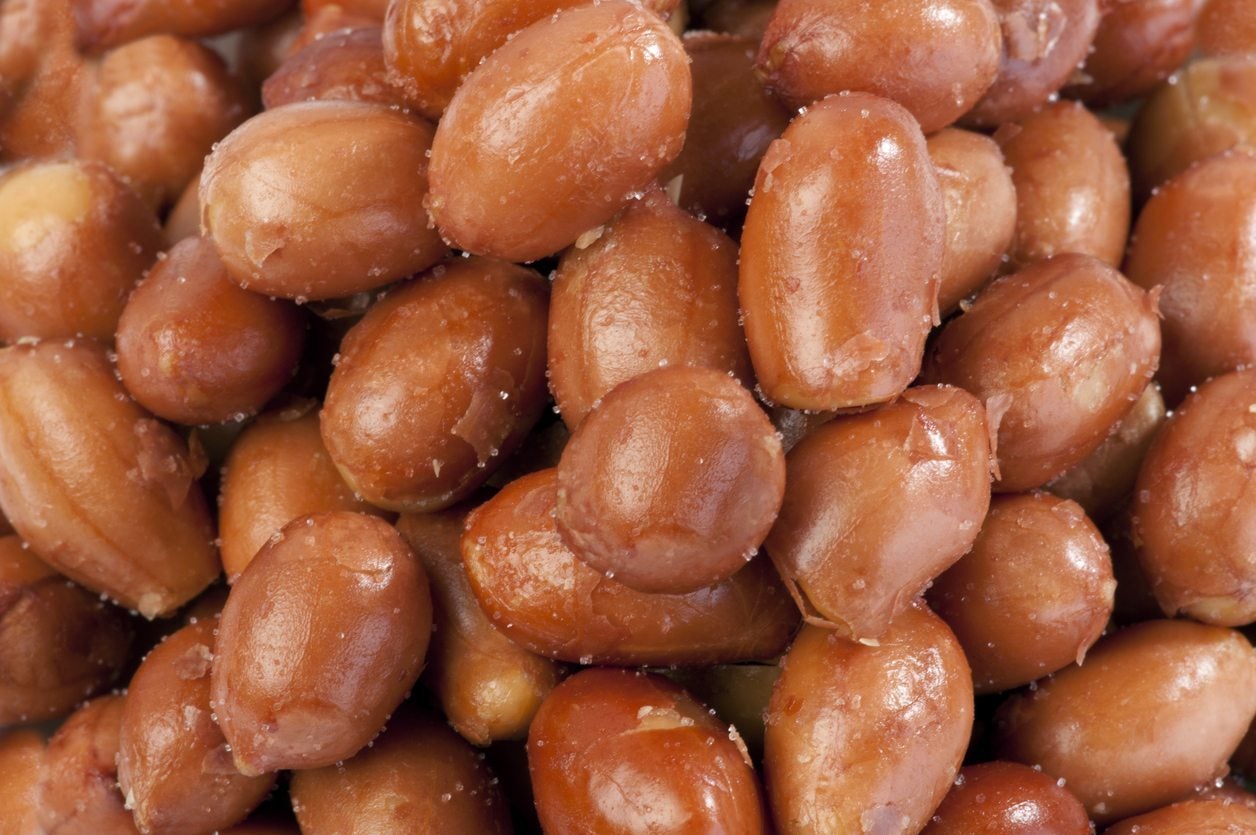 Spanish Peanut Information: Tips On Growing Spanish Peanuts In Gardens
Spanish Peanut Information: Tips On Growing Spanish Peanuts In GardensIf you've ever enjoyed peanut candies or peanut butter, then I'm sure you are familiar with their tasty potential and can't wait to get started growing Spanish peanuts in your garden. Let's get talking about Spanish peanut information and find out how to grow Spanish peanuts here.
By Shelley Pierce
-
 Watering Peanut Plants: How And When To Water A Peanut Plant
Watering Peanut Plants: How And When To Water A Peanut PlantHalf the fun of raising peanut plants is watching them grow and change rapidly. But in order to achieve this feat, certain peanut water requirements must be met. So how much water does a peanut plant need? Find out in this article.
By Gardening Know How
-
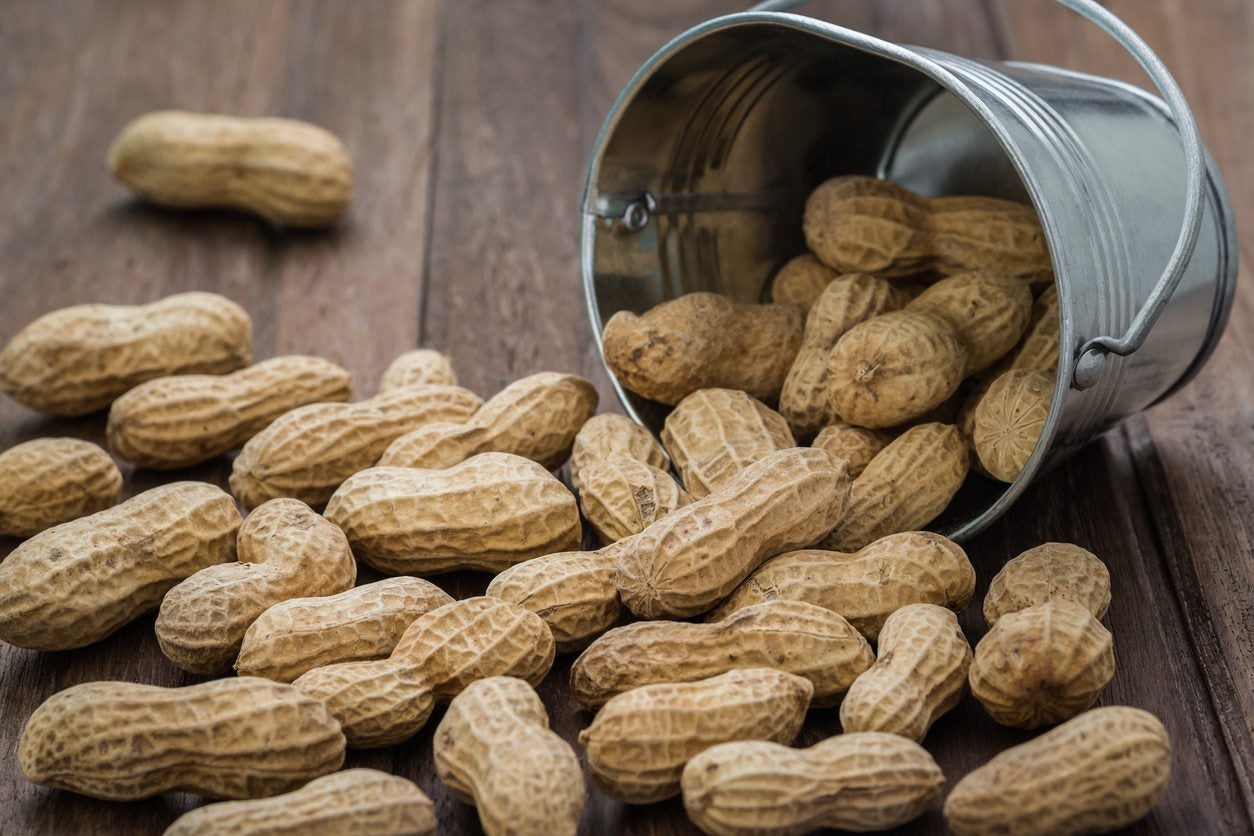 What Is A Virginia Peanut: Information On Planting Virginia Peanuts
What Is A Virginia Peanut: Information On Planting Virginia PeanutsAmong their many common names, Virginia peanuts are called goobers, ground nuts and ground peas. Although they're not grown exclusively in Virginia, their common name gives a nod to the warm southeastern climates where they thrive. Learn about them here.
By Victoria Blackstone
-
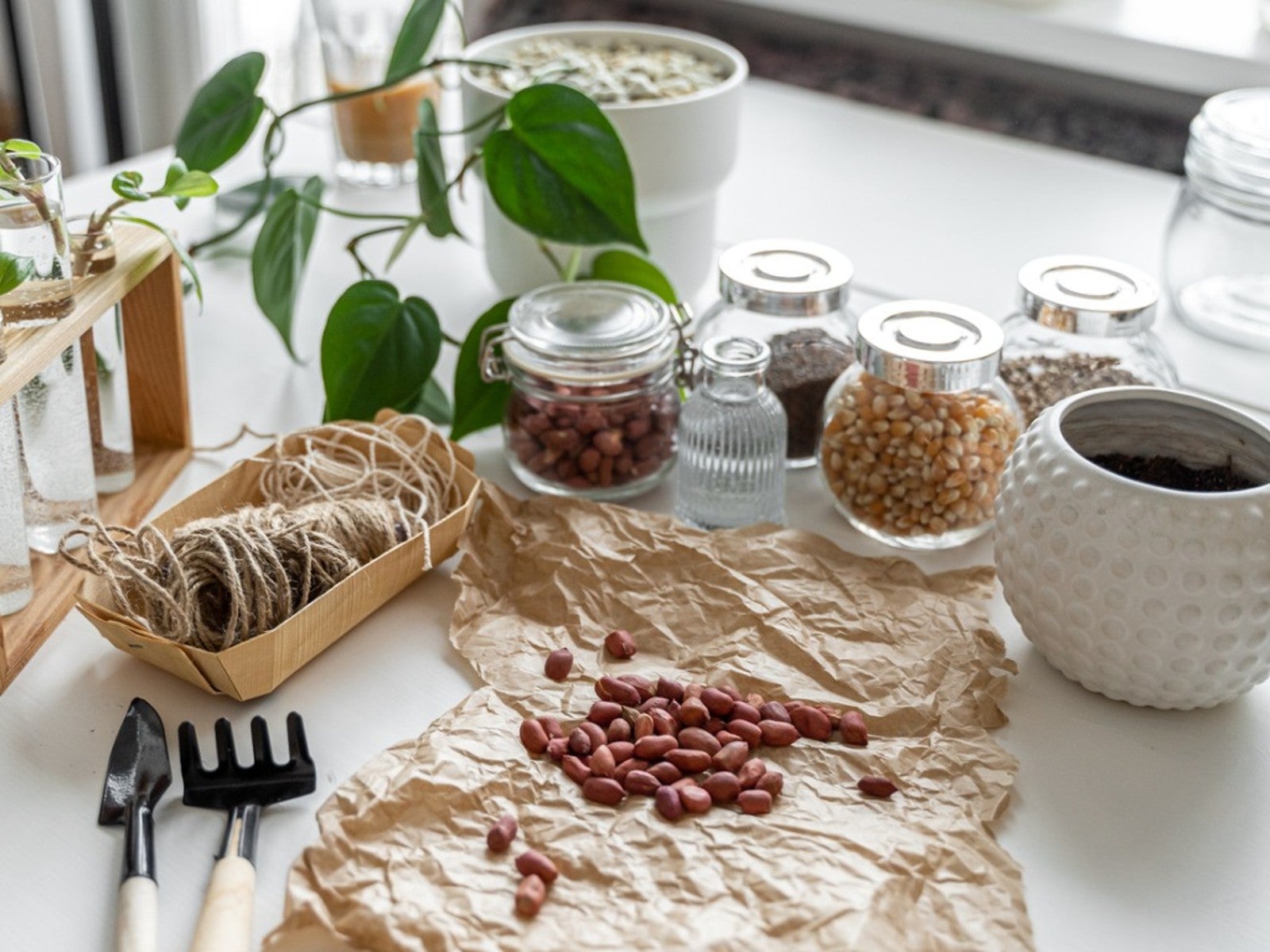 Indoor Peanut Growing – Learn How To Grow Peanuts Indoors
Indoor Peanut Growing – Learn How To Grow Peanuts IndoorsCan I grow a peanut plant indoors? This may sound like an odd question to people who live in sunny, warm climates, but for gardeners in chilly climates, the question makes perfect sense! If you want to learn how to grow peanuts indoors, click this article.
By Mary H. Dyer
-
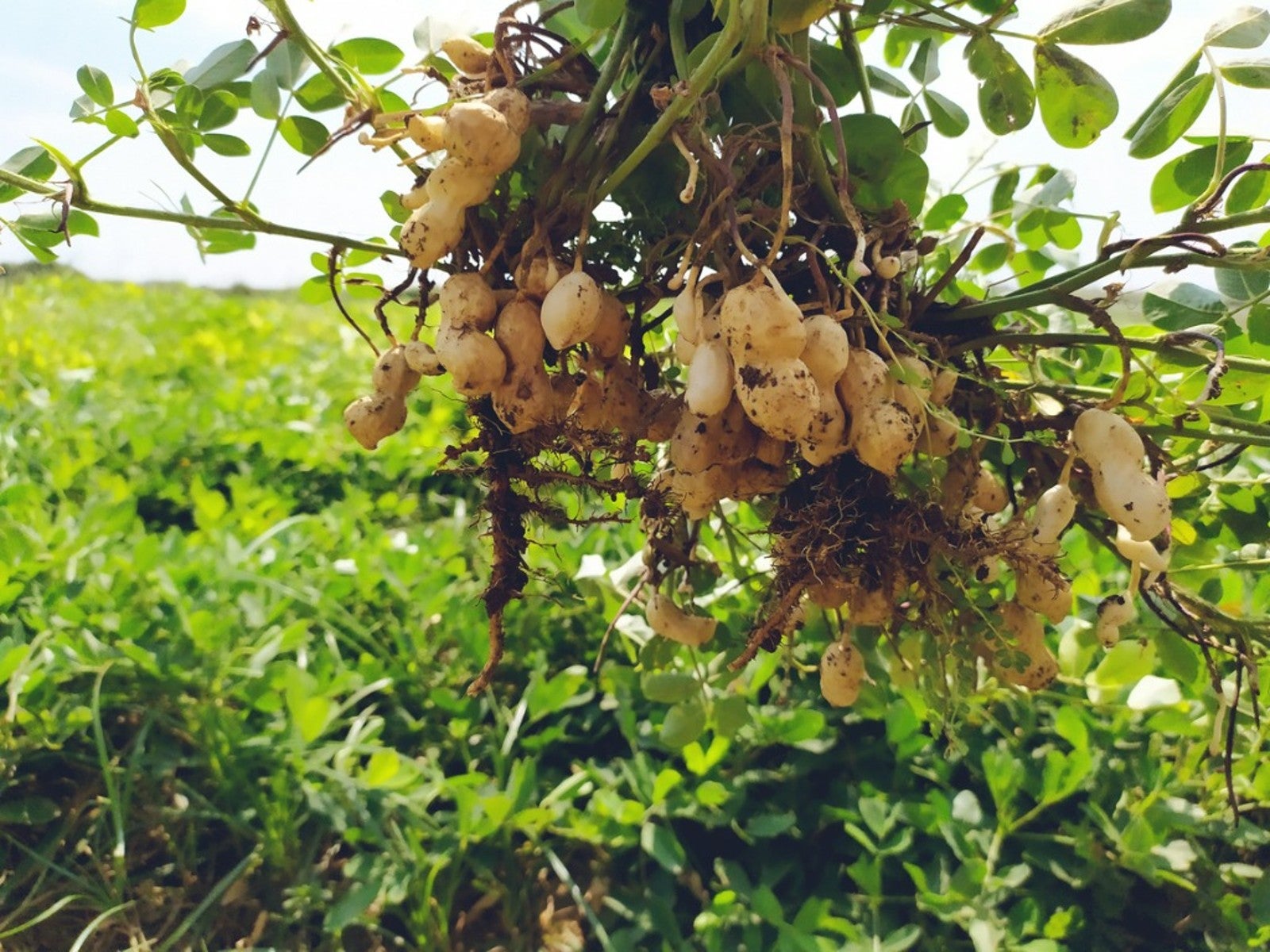 Runner Type Peanuts – Information About Runner Peanut Plants
Runner Type Peanuts – Information About Runner Peanut PlantsPeanuts are not at the top of the list of the most common plants in the garden, but they should be. They're relatively easy to grow, and there's nothing cooler than curing and shelling your very own peanuts. Learn about runner type peanuts in this article.
By Liz Baessler
-
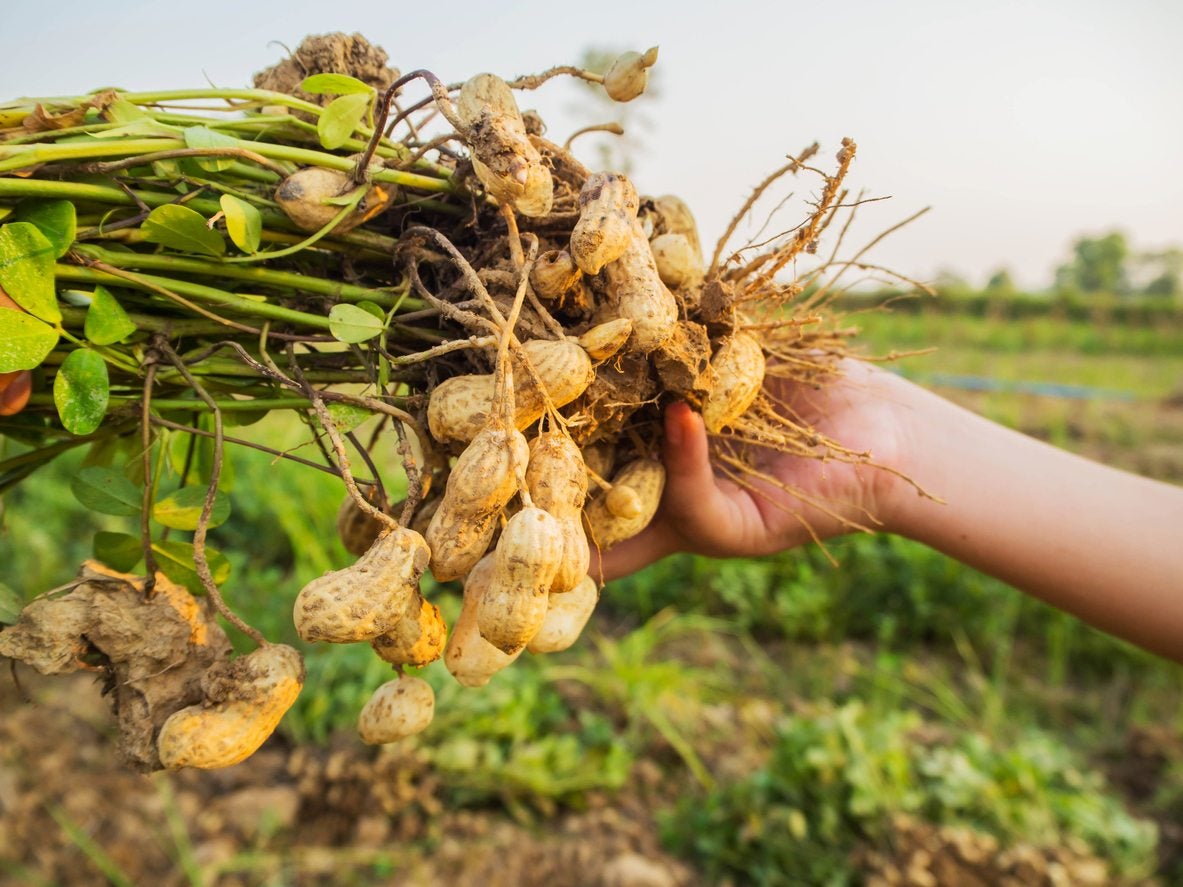 Types Of Peanut Plants: Learn About Different Varieties Of Peanut
Types Of Peanut Plants: Learn About Different Varieties Of PeanutWant to grow peanuts? How hard can it be? After all a peanut is a peanut. But what if your search of peanut plant seeds reveals that there's more variety to peanuts than you knew? Learn about the differences between these peanut plant varieties in this article.
By Darcy Larum
-
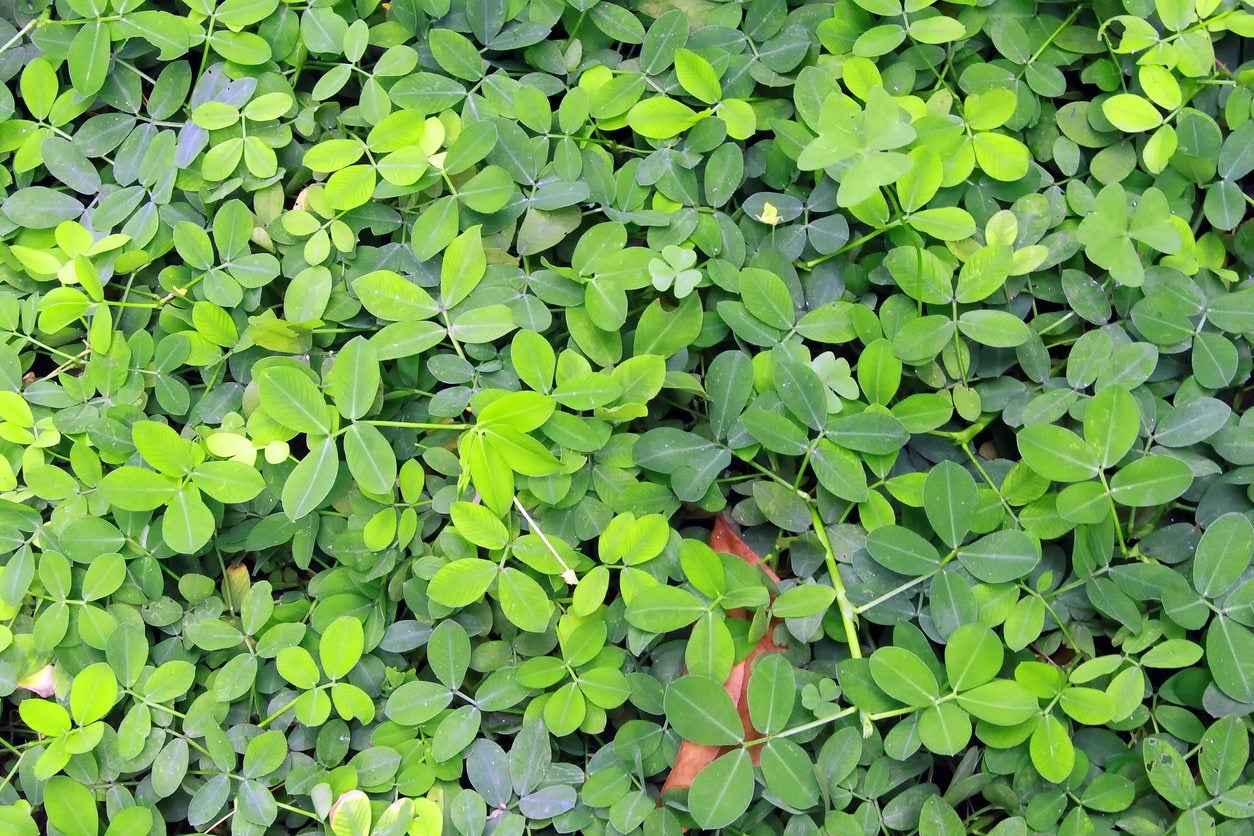 Using Peanuts To Improve Soil – What Are Benefits Of Peanuts In Soil
Using Peanuts To Improve Soil – What Are Benefits Of Peanuts In SoilPeanuts are legumes and, like all legumes, have the amazing ability to fix valuable nitrogen into the soil. Not only are you improving the soil with peanut planting but will end up with a tasty, nutrient rich snack for the family. Learn more here.
By Amy Grant